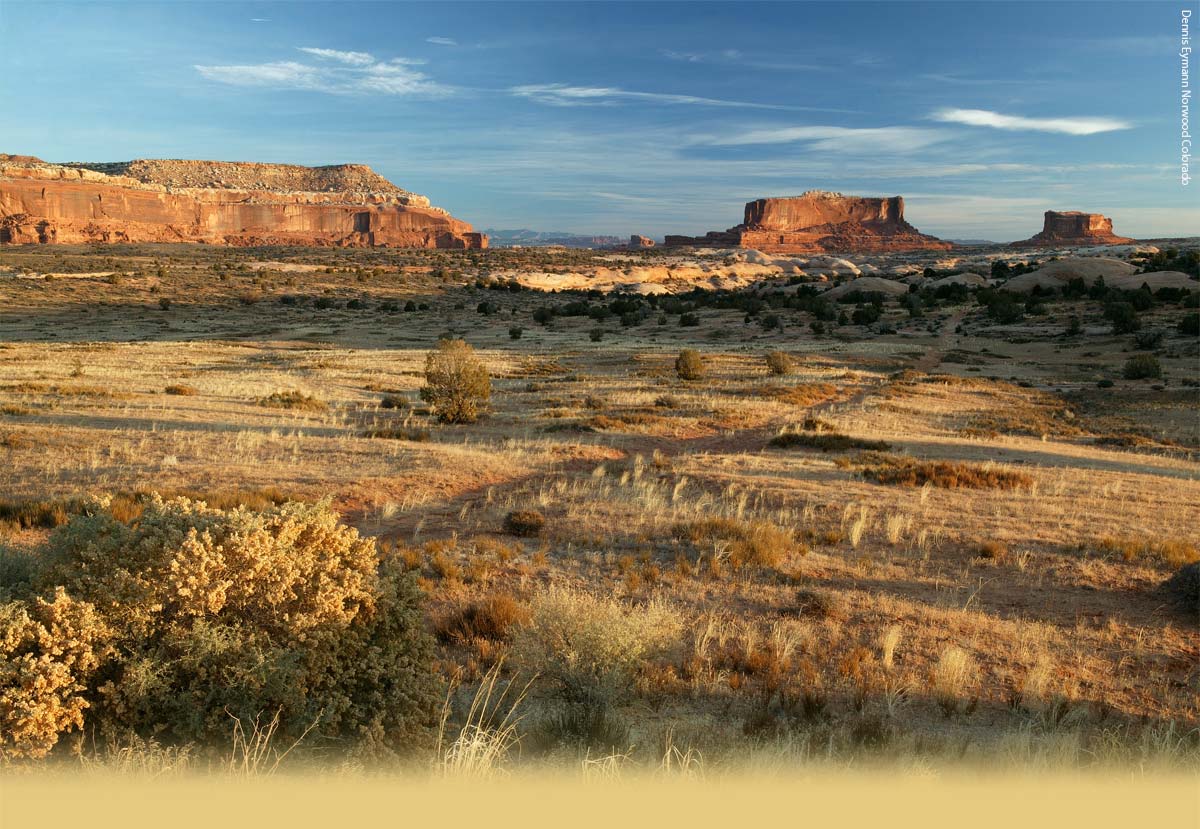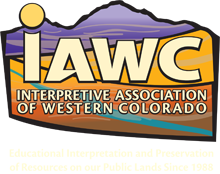Fort Uncompahgre: Trading Post could become a beehive of activity
First Draft: Trading post could become beehive of activity again
In 1828, Antoine Robidoux, then 34, established the first retail business in western Colorado — Fort Uncompahgre, on the banks of the Gunnison River just west of the present day city of Delta.
Last month, the Delta City Council approved an agreement with the Interpretive Association of Western Colorado to manage and expand operations at Fort Uncompahgre, a city-owned replica of Robidoux’s original trading post that was built in the 1990s. It’s in the city’s Confluence Park, several miles upstream from the original fort.
The Interpretive Association hopes to establish a National Historic Trails Interpretive Center at the fort, based on the original trading post’s connection with the Old Spanish Trail.
Robidoux was born in 1794 to a French-Canadian father who had migrated to the small Mississippi River hamlet of St. Louis when it was still under French control.
Antoine and five of his brothers became involved in the fur trade.
In 1824, three years after Mexico won its independence from Spain and opened up previously forbidden trade with people from the United States, Antoine and one of his brothers headed west on what would become the Santa Fe trail from Missouri to New Mexico. He made a trip into what would become western Colorado and eastern Utah that same year with a party under the command of an old family friend, Etienne Provost. He met friendly Ute Indians eager to trade, and survived an attack by Arapahos in what is now Wyoming, according to the book, “Antoine Robidoux and Fort Uncompahgre,” by Ken Reyher.
Other sources suggest Antoine and one or more of his brothers visited New Mexico, and the territories along the Green and Colorado rivers even earlier than 1824, possibly as early as 1822-23.
Robidoux returned to New Mexico, and then to Missouri. But he soon returned to Santa Fe and became one of that city’s leading citizens, being elected to the Santa Fe City Council in 1827, according to Reyher. The following year, he married the adopted daughter of the governor of Mexico.
Also in 1828, he received an exclusive license from Mexico to trade and trap in the territories we now know as western Colorado and eastern Utah.
Robidoux apparently chose the site near the confluence of the Gunnison and Uncompahgre rivers as the spot for his first trading post because it was along historic routes used by the Utes, who were eager to trade furs to him in return for firearms, metal and woolen goods.
The site also provided a good stopping point on the way to the Green River area and the Uintah Basin, where the beaver were prolific and where a number of European trappers were already operating.
The message he carved in the Bookcliffs just west of the Colorado-Utah line shows he traveled between the two regions. Translated, it says, “Antoine Robidoux passed here 13 November 1837 to establish a trading post at the Green River of White.” But some believe the last word is actually “Winte,” Robidoux’s spelling of Uintah, and that the date is meant to be 1831, not 1837.
It is known that in 1832, Robidoux purchased a small trading post near the confluence of the Whiterocks and Uintah rivers in northeastern Utah. For a brief time, he also operated a third post in Brown’s Park in northwestern Colorado.
Robidoux hauled his goods from Santa Fe or Taos north through the San Luis Valley, over Cochetopa Pass, then to the Uncompahgre Valley to his post. From there he could ship goods on to Utah, and bring furs back the same way.
By 1844, however, the fur trade was declining rapidly, due to changes in fashion for beaver hats. By then, Robidoux had largely left management of his posts to hired workers from New Mexico. In September, Ute Indians responding to an unprovoked attack from Mexican militia began attacking settlers from New Mexico and the San Luis Valley. In late September, they fell upon Fort Uncompahgre, killing all but one of the workers, who made his way on foot to Taos.
Robidoux’s days as a trader in Colorado were effectively over. He spent most of the remainder of his life in St. Louis, where he died in 1860.
The Interpretive Association hopes to make the replica of Fort Uncompahgre once more a beehive of activity in this region. In addition to the National Historic Trails Interpretive Center, the plan is to create a Two Rivers Discovery Center that will promote water tourism on the Gunnison River, as well as maintaining the living history museum that has been central to modern Fort Uncompahgre since its creation, said Chris Miller with the IAWC. A separate friends group will be created to raise money for the fort and conduct its operations.
The organization is hopeful that with renewed effort and due to its central location just off U.S. Highway 50, Fort Uncompahgre can become “a great gateway” for tourism and recreation in the area.
“Location, location, location,” she said. “Why do you think old Antoine built here?”
Visit the Interpretive Association of Western Colorado’s website at https://wcinterp.com.
■
Email Bob Silbernagel at bobsilbernagel@gmail.com.




